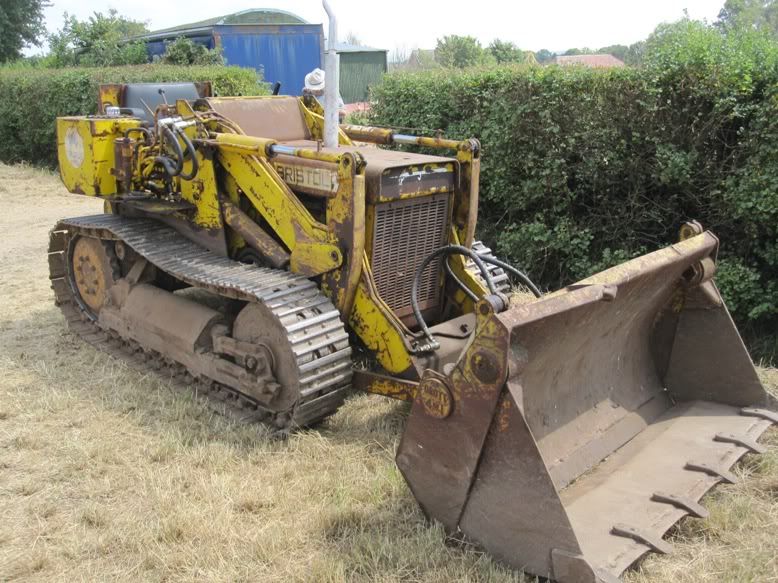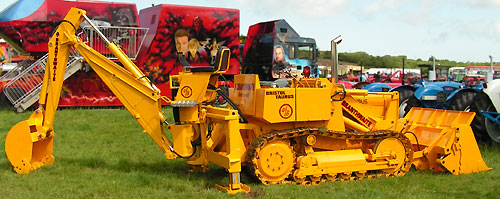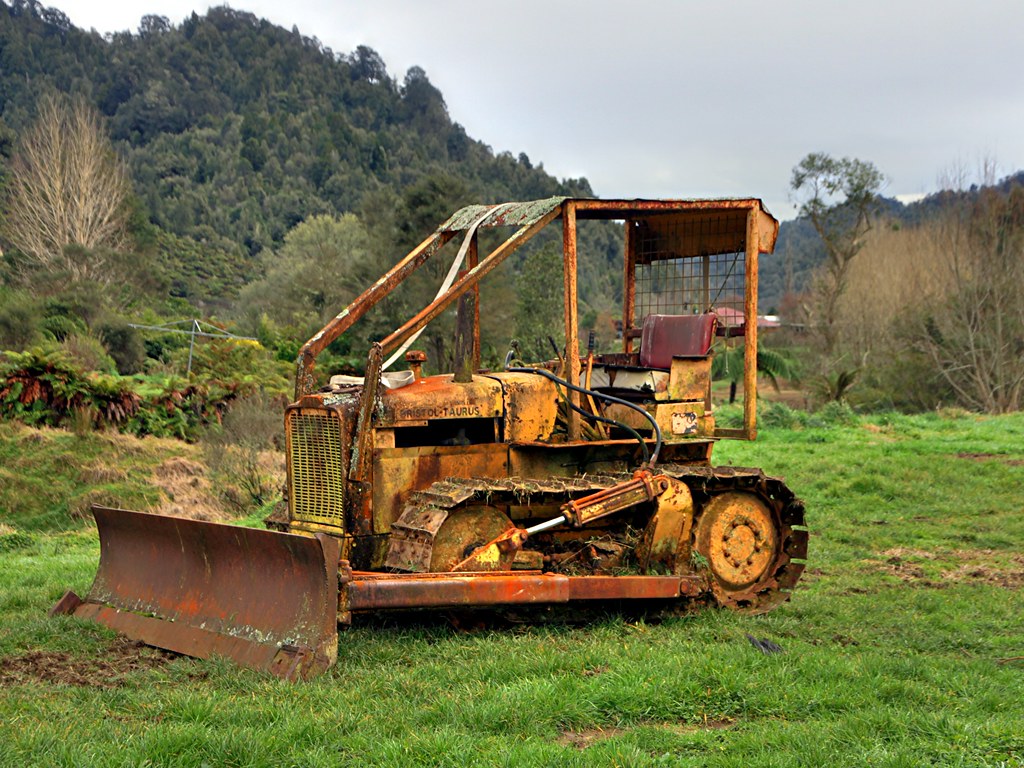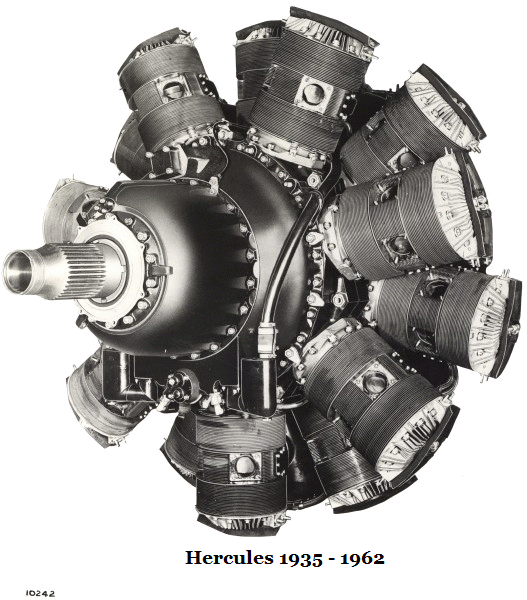Bristol Taurus
The Taurus was a charged multiple radial engine with 14 cylinders, which was produced by the Bristol Aircraft Company. It was developed in 1936 as an air-cooled aircraft engine from the existing siebenzylindrigen single radial engine Aquila by a further 7- cylinder radial was added. The Taurus was thus a double radial engine, in which the rear 7- cylinder radial was rotated approximately 26 degrees so that through watching the cylinder between the front. Thus, a sufficient air cooling of all cylinders was secured, which was very important in the compact and powerful engine. The Taurus made at the beginning of its development over 1000 hp ( 750 kW).
Bristol used for the Taurus ( but also for other twin radial engines, such as the Hercules and the Centaurus ) no valves for gas exchange, but a " Burt - McCollum " slider control. This results in higher compression ratios could be achieved, the mechanical efficiency was up against a plunger actuated OHV valve timing, the piston temperature was lower than that of two-valve engines and it could be achieved higher speeds, which zugutekam the performance of the engine. The only disadvantage of this type was significantly higher design and manufacturing effort.
Actually wanted to Bristol in the 1930s, the Aquila and the Bristol Perseus as his two main products to build and offer, but the rapid increase in the size and speed of the aircraft at that time demanded ever larger and more powerful engines. So Bristol developed from two motors corresponding binary variants - from the Aquila was the Taurus, and from the Perseus Hercules.
The first Taurus engines were delivered shortly before the Second World War. They were used in their own Bristol Beaufort torpedo bomber. When this aircraft later equipped with the widely used Pratt & Whitney R -1830 Twin Wasp, dropped its flight performance, although the Twin Wasp was lighter and stronger.
The Taurus came only a few years in the Beaufort used. His brother Hercules, however, received wide coverage.
Specifications of the Taurus II
- Type: 14 - zylindriger, supercharged four-stroke radial engine with air cooling and twin spark ignition
- Valve control, " Burt - McCollum " slider control
- Bore: 127 mm (5 in )
- Stroke: 143 mm ( 5.625 in )
- Cubic capacity: 25.36 liters ( 1546 Cubin )
- Compression: 7.75: 1
- Power: 1010 hp ( 743 kW) at 3220/min ( starting power ) or 1065 hp ( 783 kW) at 3220/min (short-term performance )
- Spec. Power: 39.8 hp / l ( 29.3 kW / L)
- Mass: 590 kg ( 1,300 lb)
- Power Weight: 0.584 kg / hp ( 0.794 kg / kW)
- Gasoline: 87 octane
- Production: about 3400 pieces ( 1937-1943 )
Specifications of the Taurus XII
- Type: 14 - zylindriger, supercharged four-stroke radial engine with air cooling and twin spark ignition
- Valve control, " Burt - McCollum " slider control
- Bore: 127 mm (5 in )
- Stroke: 137 mm (5.4 in )
- Displacement: 24.30 liters ( 1484 Cubin )
- Compression: 7.75: 1
- Power: 1130 hp ( 831 kW) at 3100 rpm
- Spec. Power: 46.5 hp / l ( 34.2 kW / L)
- Mass: 590 kg (1300 lb)
- Power Weight: 0.522 kg / hp ( 0.710 kg / kW)
- Gasoline: 87 octane
- Propeller engine
- Radial engine (aviation )










